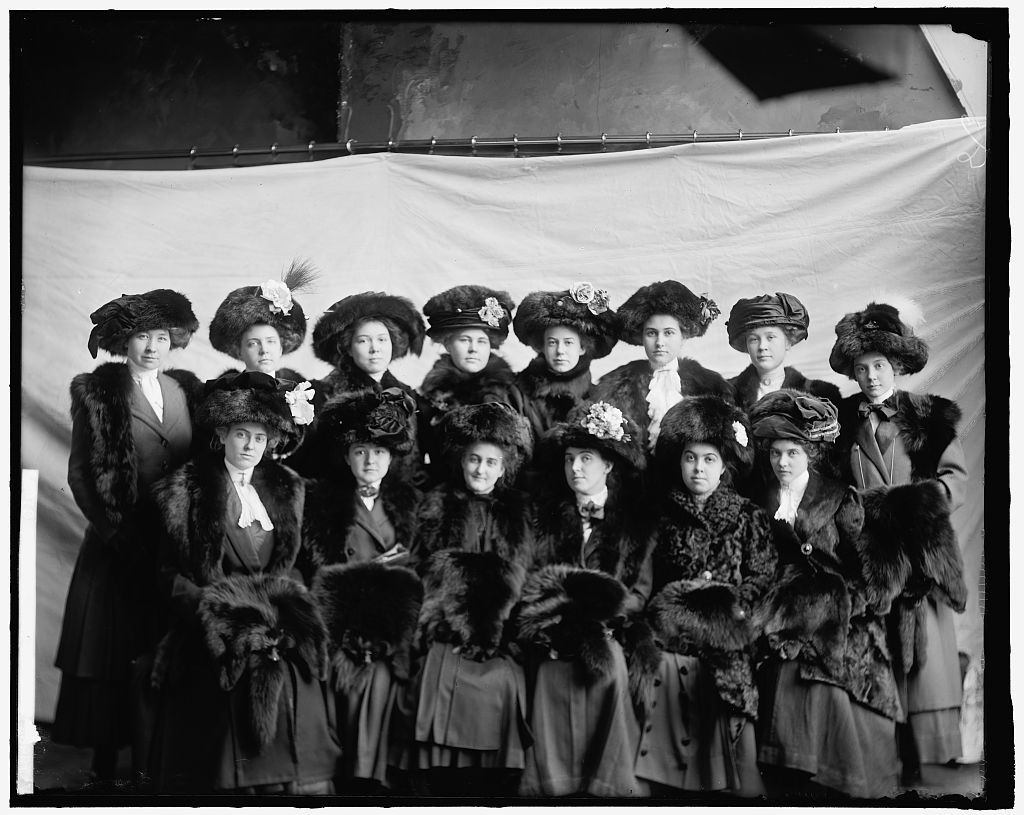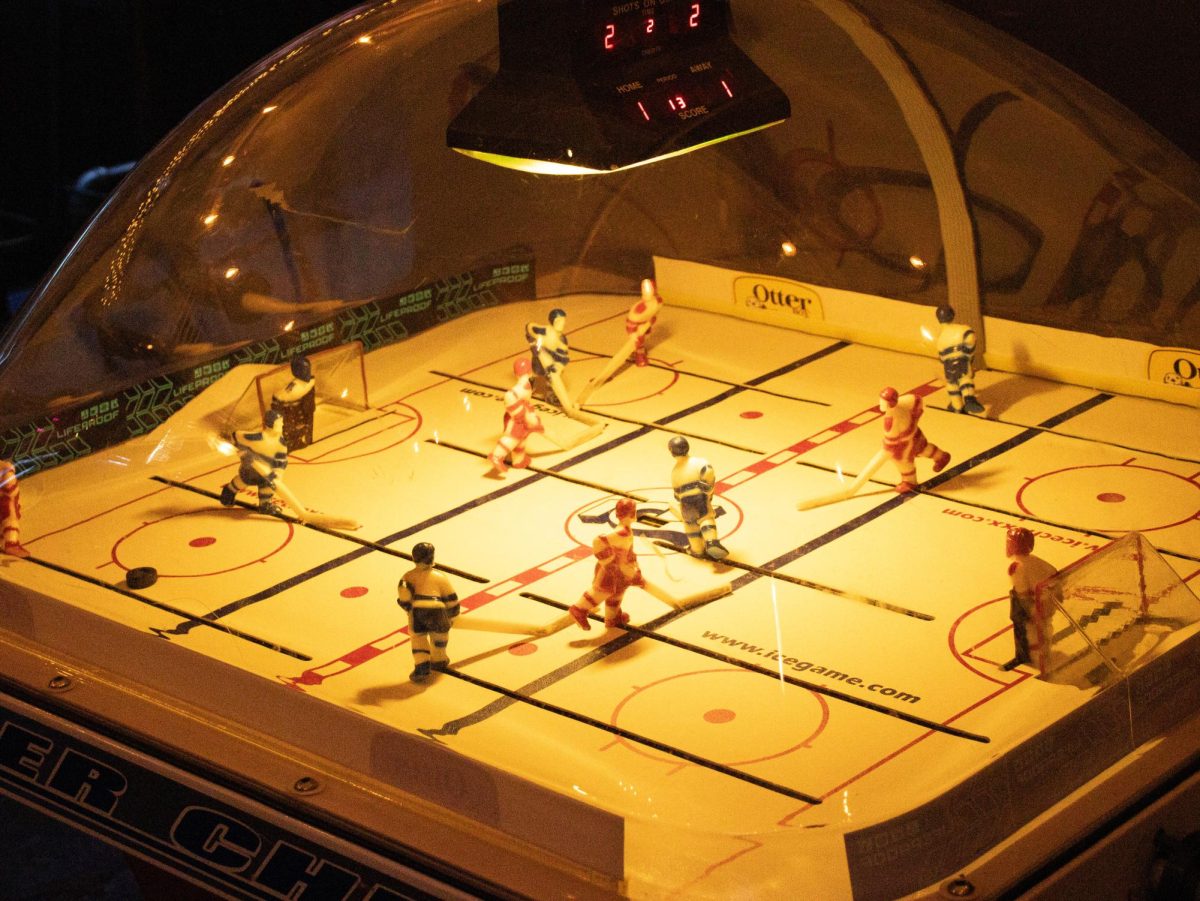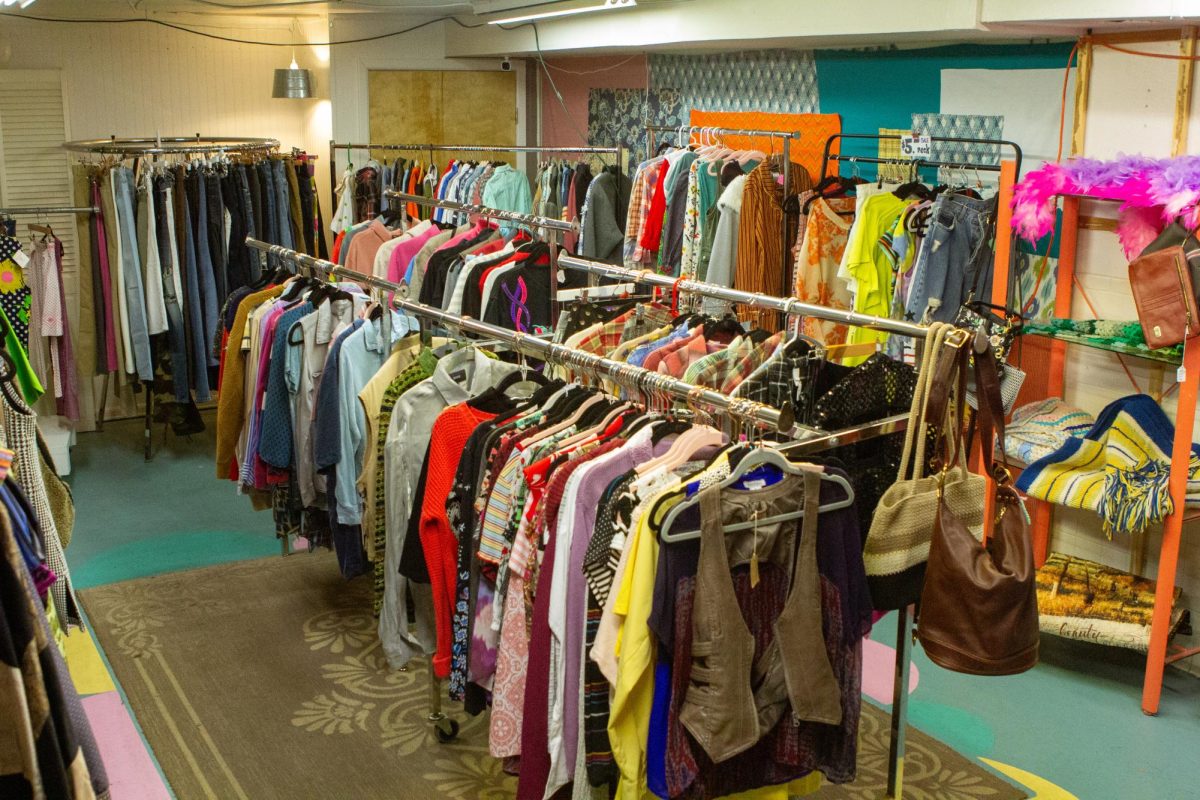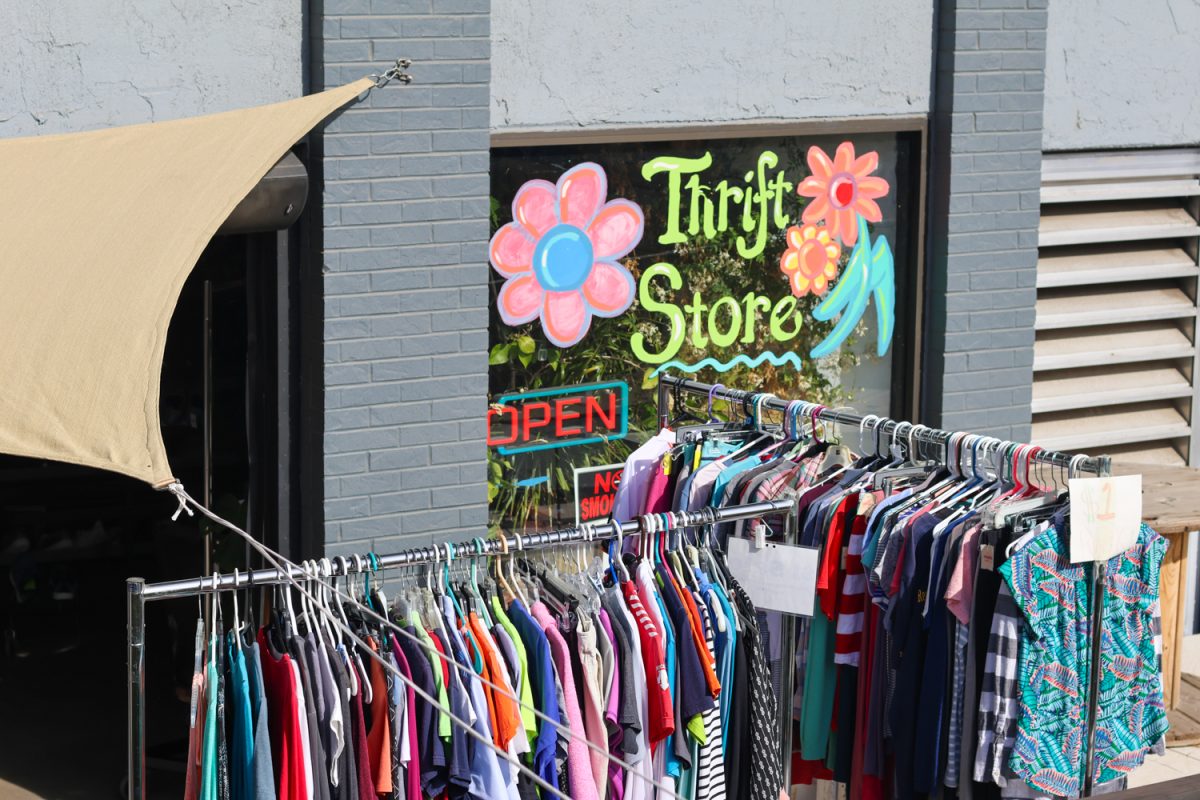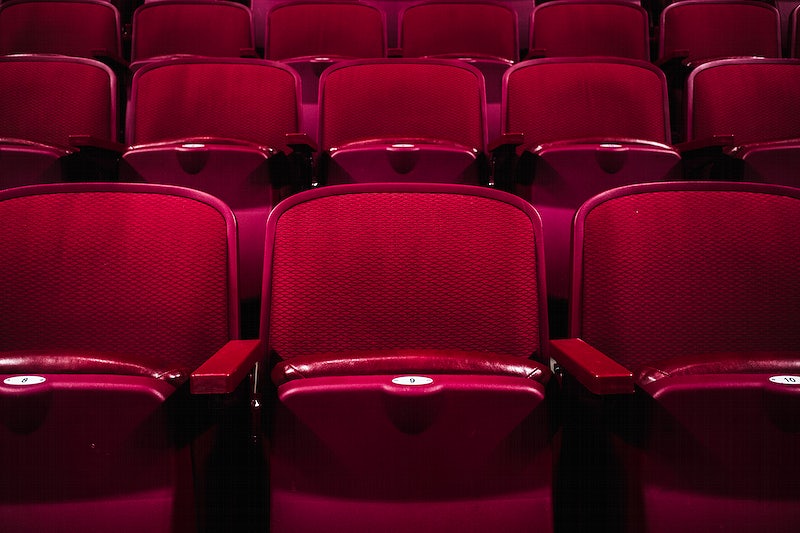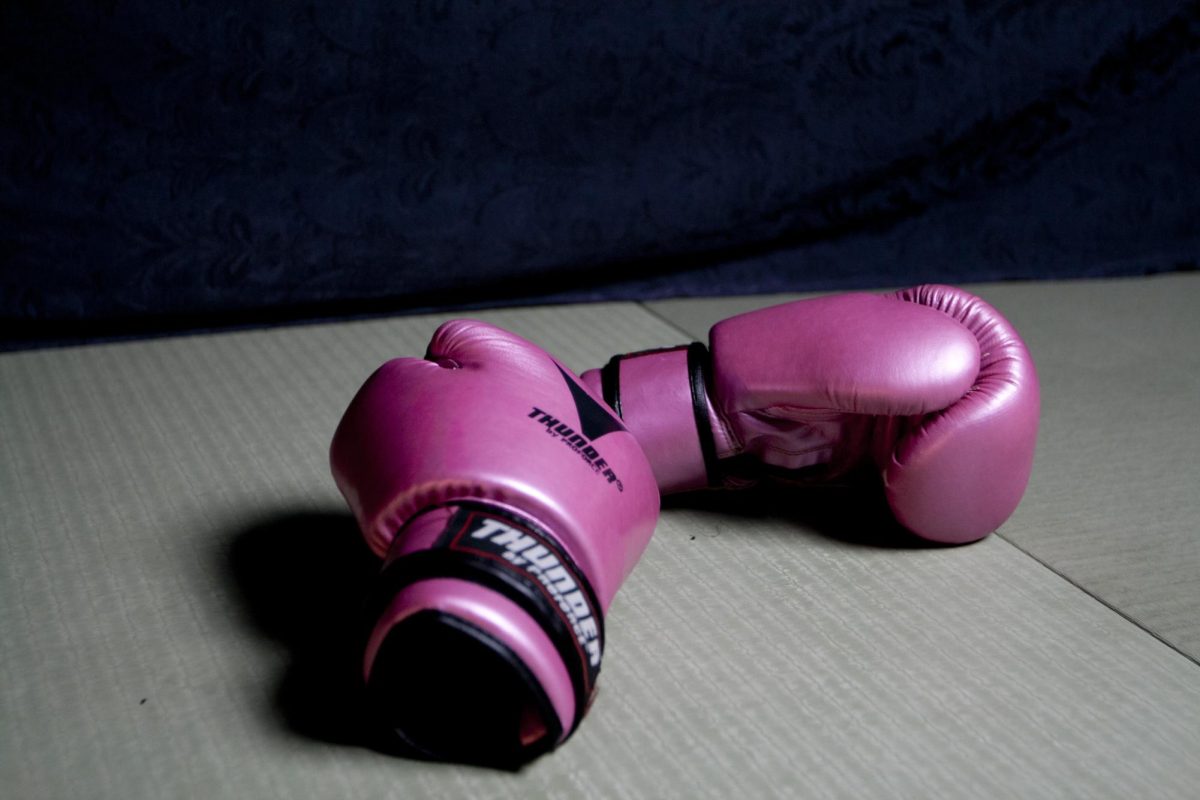Why are women exposed to judgement for not only their athleticism, but their appearance and physique as an athlete? Why do female athletes face discrimination, limited media coverage and unfair pay despite their achievements? Why do patriarchal pressures seep their way into women’s sports?
It should come as no surprise that women are ruthlessly judged for their appearance and ability by harsh societal standards. It even determines their value and success.
Aesthetic Sports
Aesthetic sports are defined as appearance-related sports. They incorporate style and appearance into their judgment. This could be what the athlete wears, how they land or point their toes as well as their physique, body shape and weight.
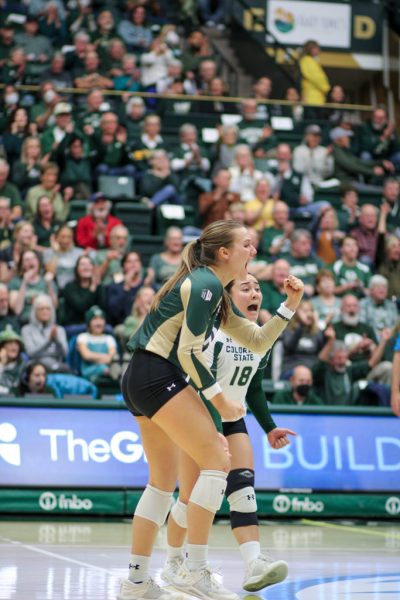
The National Institute of Health website categorizes aesthetic sports as things like dance, gymnastics, cheerleading and figure skating. Non-aesthetic sports are soccer, basketball, softball, hockey etc.
The United States champion figure skater Tonya Harding was notoriously judged for her appearance in a sport that historically prioritizes a feminine and graceful aesthetic over pure athletic ability.
As Tonya’s character said in the film I, Tonya (Craig Gillespie, Director, 2017), “…it’s a sport where the friggin’ judges want you to be this old-timey version of what a woman is supposed to be.”
Even though Harding was the first American woman to land a triple axel, she was met with many challenges and harsh judgments in the world of figure skating.
“In skating, they [women] are also required to be graceful and perform with their arms and face, while men are just expected to jump and spin, no performance necessary,” Abbie Lambrecht, a figure skater for the Denver Synchronicity team and Fort Collins figure skating club, said. “Alexandra Trusova managed to land all of the jumps the men did and still didn’t win. She landed bigger and more difficult jumps than her competitors and still didn’t win. This proves women are held to a higher standard.”
Emphasis of female physique is intertwined as a selling point for these aesthetic athletes.
Gender Discrimination in Sports
Even in the world of non-aesthetic sports, women’s teams are overlooked, downplayed and subjected to unfair standards. They rarely receive the same treatment as their male counterparts even when they outperform them.

This is shown in the 2019 lawsuit filed by the U.S. Women’s National Soccer Team against gender discrimination. They were continuously paid less and received less financial support as a team despite being more successful than the U.S Men’s National Team.
In May 2020, Judge R. Gary Klausner dismissed the unequal pay portion of the lawsuit but allowed the women to continue with a discriminatory work conditions claim.
It wasn’t until February 2022 that the U.S. Soccer Federation paid out a $24 million settlement agreement including tens of millions of dollars in back pay for the players.
Why did it take these women speaking out to bring attention to these discrepancies? Why were these conditions allowed to persist?
“People need to understand that these female athletes are people too,” Lambrecht said. “They play the same sports as men do and deserve the same respect and treatment men get.”
Media Representation
Social stigmas around women’s sports have created a long standing unfair playing field. Women’s leagues typically get less coverage, less popular media spots and times for advertising.
This cocktail of let downs gives the teams a poor chance at pulling more people into the stands and justifying advertising contracts for money revenue.
Assuming viewers don’t want to see women’s sports has led to a lack of representation and respect for women in sports.
A research study in November 2024 by Parity, a company that matches female athletes with brands for endorsement deals, collected data showing an upward trajectory in interest and viewership in women’s sports.
The rise of female athletic influencers, cultural shifts and advocacy for gender equality have helped spark this surge in interest.
“Women’s sports offer a different perspective of sports,” Lambrecht said. “They have this unique ability to inspire not only just boys, but other kids as well. You like to see people like you doing what you want to do so you can look up to them.”
If the recent movement in women’s sports popularity has shown us anything, it is that people are interested in women’s sports; they just don’t have access to them in the same way they do men’s sports. The lack of consistent media exposure sets women’s sports up for failure.
Female athletes are making headlines, driving significant economic impact and paving the way for marketing and engagement strategies.
This surge of popularity is rewriting the playbook for brands and advertisers and changing the dynamic of the sports world by proving the importance of marketing women’s sports.
Despite these promising changes, women’s sports still suffer even when they outperform men’s teams. Sports media is the future of women’s sports. Let’s hope that progress makes perfect for these athletes.










